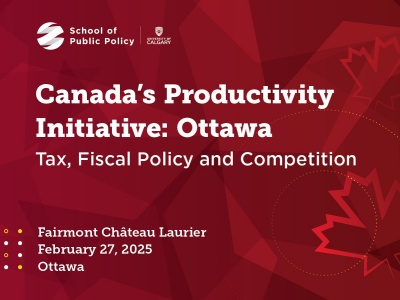For the cost of pharmacare, we can eradicate poverty

Last month’s federal election produced mixed results and a minority government. But Justin Trudeau is probably right when he says most voters supported a progressive agenda. Judging by enthusiastic NDP support and the Liberal promise of a $6-billion down payment over four years, that agenda could include a national pharmacare program.
The government’s own advisory council predicted national pharmacare will increase public spending by $15.3 billion when fully implemented in 2027. As it happens, the Trudeau government says Canada’s poverty gap was $19.4 billion in 2016. That’s how much it would take to lift every Canadian whose income was below his, her or their (in the case of families) respective poverty line up to that poverty line, thus entirely eliminating official poverty in Canada.
Since poverty has fallen since 2016, the bills are in the same ballpark: US$15.3 billion for pharmacare, and perhaps something closer to US$15 billion for erasing the poverty gap, or a little less than one per cent of GDP. Which leads to an obvious question: Does pharmacare trump fighting poverty? If we can’t afford both, which should come first on the political agenda: free drugs for all or basic necessities for the poor?
Many people may feel poverty was taken care of with the 2018 introduction of the government’s poverty reduction strategy. It established Canada’s first official poverty line and committed the federal government to poverty reduction targets of 20 per cent by 2020 and 50 per cent by 2030. The new National Advisory Council on Poverty has yet to report to Parliament, but Economic and Social Development Canada announced in March that the 2020 targets had already been achieved and that 825,000 fewer Canadians were living in poverty in 2017 compared with 2015. ESDC credits this success to the new Canada Child Benefit and the enhanced Guaranteed Income Supplement, both of which are refundable tax credits.
That’s great news. Still, one in 10 Canadians continues to live below the official poverty line, which for a family of four varies between $32,849 a year in small-town Quebec to $41,362 in Toronto. Moreover, the success of the transfer programs for the elderly and for families with children means a larger proportion of the poor — 36.5 per cent — is accounted for by childless families and unattached individuals. Policies to address this group and achieve the 2030 poverty reduction goals were absent from the recent election campaign. But without new money in the pockets of the poor reaching those 2030 goals will be challenging. No doubt many progressives will want to try for a universal basic income to help these people. But in a 2017 article in Canadian Public Policy, Harvey Stevens and I showed that a more targeted comprehensive refundable tax credit could do the job with only a modest efficiency cost in terms of work disincentives.
At the moment, the politics of social policy seem to be moving us toward pharmacare and away from closing the poverty gap. It’s true pharmacare has been on the national agenda for a long time. The original Medical Care Act of 1966 did not include it but the Hall Commission that had recommended Medicare had also recommended that drug coverage follow once hospital and medical care were established.
As drug costs rose in relation to other covered health costs, most provinces developed piecemeal drug coverage plans. But only Quebec provides anything approaching a comprehensive plan. In this sense, national poverty reduction and national pharmacare are similar: products of the 1960s that have struggled amidst competing claims for resources but continue to motivate social policy advocates who regard provincial programs as incomplete and inadequate.
The most compelling case for national pharmacare is that many patients simply can’t afford the drugs they’re prescribed. By contrast, cash transfers from a poverty reduction strategy would permit low-income families to enhance their consumption of basic needs besides drugs. And although national pharmacare would promote a healthier population, which would have obvious social and economic benefits, a national poverty strategy would do much the same while allowing low-income families more latitude to achieve greater productivity through education, nutrition, relocation and other vehicles, in addition to prescription drugs.
Where national pharmacare seems to have an advantage is in the belief that it will lower drug costs for all Canadians. Ottawa’s advisory council projected prescription drug savings of $5 billion from increased government buying power. That broadens pharmacare’s appeal, as lower drug prices would help the vast middle class. But politics isn’t everything. The fundamental question progressives need to ask themselves is how best to spend $15 billion: making life a little easier for everyone or a lot better for the 3.4 million of us who are poor?
Wayne Simpson teaches in the Department of Economics at the University of Manitoba and is a Research Fellow at the School of Public Policy at the University of Calgary.
Source: Financial Post


